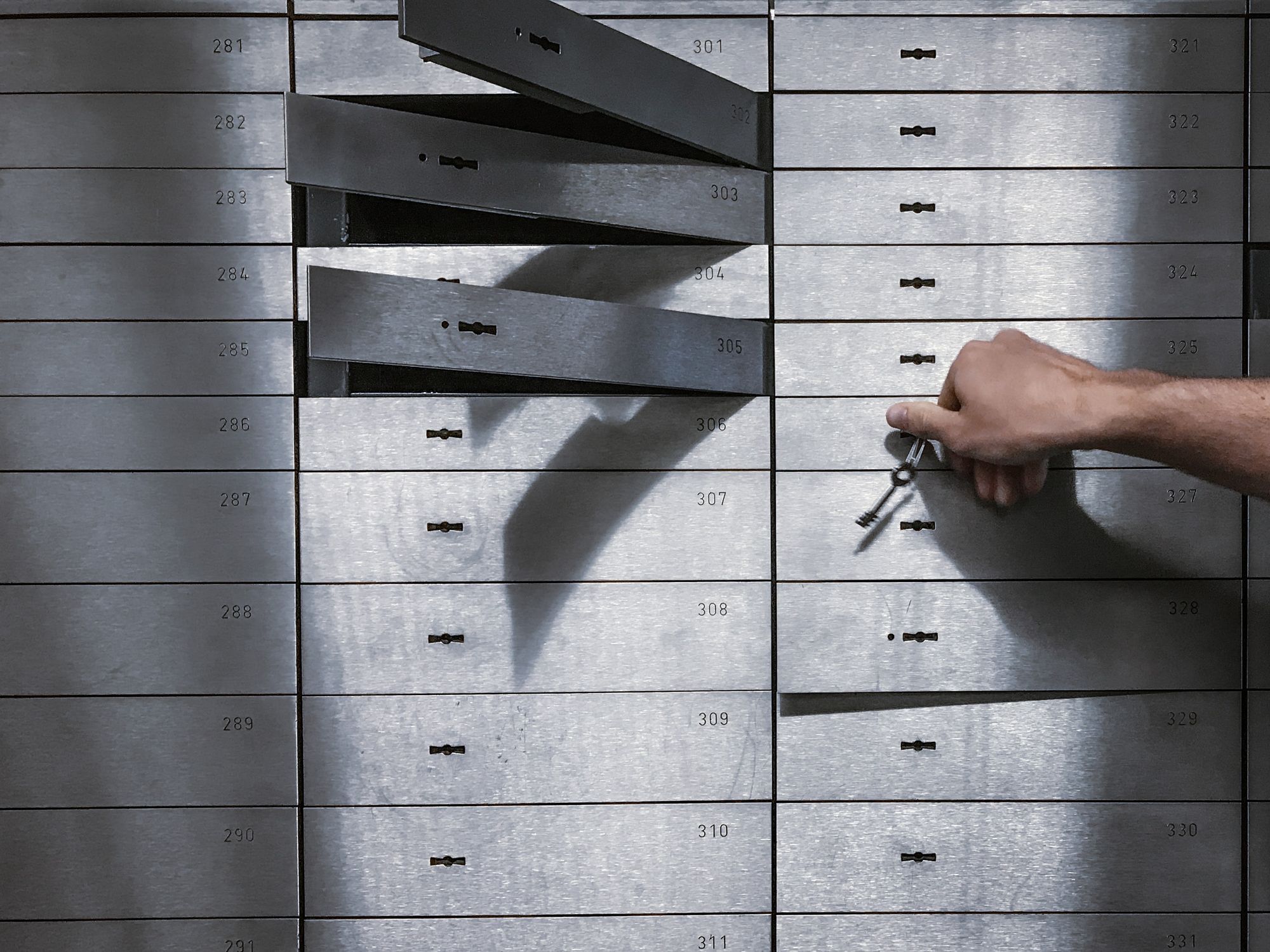
What Does FDIC Mean?
The FDIC (Federal Deposit Insurance Corporation) is an independent agency of the United States government that protects bank depositors against the loss of their insured deposits in the event that an FDIC-insured bank or savings association fails. FDIC insurance is backed by the full faith and credit of the United States government. On June 16, 1933, President Franklin Roosevelt signed the Banking Act of 1933, a part of which established the FDIC.
Banks are safe and stable places to store your money. Still, recent history has reminded us that these institutions can fail, meaning they can no longer meet their obligations to the people who have deposited money with them or to those they’ve borrowed from. In the rare case that a bank fails, a customer’s money is protected as long as a bank is federally insured. A bank that’s federally insured is backed by the Federal Deposit Insurance Corp.
The FDIC’s Has Been Protecting Deposits Since 1933
The Federal Deposit Insurance Corporation is an independent agency of the federal government that insures bank deposits up to $250,000. It insures checking accounts, savings accounts, money market deposit accounts and certificates of deposit.
The FDIC was created in 1933 to help foster more trust between consumers and financial institutions. In the aftermath of the stock market crash of 1929, thousands of banks failed. Scared of losing their money, bank customers pulled money out of banks. This led President Franklin D. Roosevelt to declare a four-day bank holiday in March 1933. In June of that year, President Roosevelt signed into law the Banking Act of 1933, which created the FDIC. Designed to instill confidence in the American banking consumer, the FDIC has protected against bank failures consistently.
FDIC Insurance Requirements
In order to be FDIC-insured, your account must be held at a bank that is an FDIC member. These member banks must prominently display their membership at teller windows. You may have also heard radio ads for financial institutions that say “member, FDIC” at the end.
In addition, only certain types of accounts are covered by FDIC insurance. Your account must be one of those types in order to be protected by the FDIC. Such account types include checking, savings, money market accounts, and certificates of deposit (CDs).
There is also a lengthy process when banks want to become FDIC members. This was explained by Philippa Girling, chief risk officer at Varo Bank. Banks must meet with the Office of the Comptroller of the Currency (OCC), the Federal Reserve board, and the FDIC. The process takes about three years.
What’s Covered By FDIC Insurance?
The FDIC covers many common deposit accounts, but it doesn’t insure investment accounts. Here are the following types of covered accounts:
- Checking accounts Savings accounts
- Negotiable Order of Withdrawal (NOW) accounts
- Money Market Deposit Accounts (MMDAs)
- Time deposits such as Certificates of Deposit (CDs)
- Cashier’s checks, money orders and other official items issued by a bank
Meanwhile, these accounts are ineligible for FDIC coverage:
- Stock investments
- Bond investments
- Mutual funds
- Life insurance policies
- Annuities
- Municipal securities
- Safe deposit boxes or their contents
Protecting Your Investments
When you deposit your money into a bank account, the cash doesn’t just sit in a vault somewhere. Banks invest deposits to earn revenue—that’s how they pay interest on savings accounts, certificates of deposit (CDs), and other products. Those investments include loans to other customers, stocks, and many other types of investment.
Banks typically invest conservatively, but any investment can lose money, and some banks are comfortable taking more risks than others. If a bank’s investments lose too much, the institution may be unable to satisfy the demands of customers who want to use the money they have deposited at the bank. When that happens, the bank has failed, and the FDIC steps in.
How The FDIC Pays You Back After A Bank Fails Depositors
Depositors do not need to file insurance claims to recoup their deposits. Nor do they need to apply for deposit insurance when they open up a bank account at an FDIC-insured institution.
When a bank fails, the FDIC pays depositors by giving them an account at another insured bank in the amount equal to what they had at the failed bank, up to the insurance limits. Or, it simply issues the depositor a check. This usually happens the next business day or within a few days. In some cases, the FDIC has to review an account to determine how much is covered before it reimburses the account holder.
Masterworks is the only platform making it possible to invest in multimillion-dollar works by artists like Banksy, Kaws, Basquiat, and many more. Investors of all types who seek to improve their portfolio performance use our proprietary data. Headquartered in New York City, our team has over 75+ combined years of art collecting experience and have founded companies valued at over $1 billion. Request an invitation to learn more and get started.